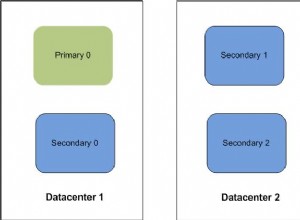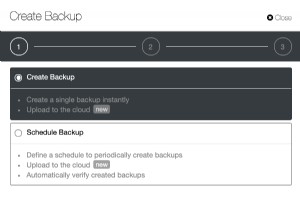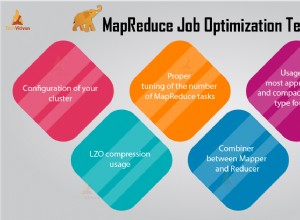Tôi đã giải quyết nó bằng cách sử dụng CustomizedTypeAdapterFactory. Xem câu hỏi này
Về cơ bản, trước tiên hãy viết một bộ điều hợp tùy chỉnh:
public abstract class CustomizedTypeAdapterFactory<C>
implements TypeAdapterFactory
{
private final Class<C> customizedClass;
public CustomizedTypeAdapterFactory(Class<C> customizedClass) {
this.customizedClass = customizedClass;
}
@SuppressWarnings("unchecked") // we use a runtime check to guarantee that 'C' and 'T' are equal
public final <T> TypeAdapter<T> create(Gson gson, TypeToken<T> type) {
return type.getRawType() == customizedClass
? (TypeAdapter<T>) customizeMyClassAdapter(gson, (TypeToken<C>) type)
: null;
}
private TypeAdapter<C> customizeMyClassAdapter(Gson gson, TypeToken<C> type) {
final TypeAdapter<C> delegate = gson.getDelegateAdapter(this, type);
final TypeAdapter<JsonElement> elementAdapter = gson.getAdapter(JsonElement.class);
return new TypeAdapter<C>() {
@Override public void write(JsonWriter out, C value) throws IOException
{
JsonElement tree = delegate.toJsonTree(value);
beforeWrite(value, tree);
elementAdapter.write(out, tree);
}
@Override public C read(JsonReader in) throws IOException {
JsonElement tree = elementAdapter.read(in);
afterRead(tree);
return delegate.fromJsonTree(tree);
}
};
}
/**
* Override this to muck with {@code toSerialize} before it is written to
* the outgoing JSON stream.
*/
protected void beforeWrite(C source, JsonElement toSerialize) {
}
/**
* Override this to muck with {@code deserialized} before it parsed into
* the application type.
*/
protected void afterRead(JsonElement deserialized) {
}
}
Và sau đó tạo một lớp con cho tất cả các lớp cần được tính đến. Bạn phải tạo một cho mỗi lớp có chứa một long (trong trường hợp này). Nhưng bạn không phải tuần tự hóa bất kỳ thứ gì ngoài giá trị dài (và bất kỳ giá trị cụ thể nào khác của bson)
public class MyTestObjectTypeAdapterFactory extends CustomizedTypeAdapterFactory<MyTestObject>
{
public MyTestObjectTypeAdapterFactory()
{
super(MyTestObject.class);
}
@Override
protected void beforeWrite(MyTestObject source, JsonElement toSerialize)
{
//you could convert back the other way here, I let mongo's document parser take care of that.
}
@Override
protected void afterRead(JsonElement deserialized)
{
JsonObject timestamp = deserialized.getAsJsonObject().get("timestamp").getAsJsonObject();
deserialized.getAsJsonObject().remove("timestamp");
deserialized.getAsJsonObject().add("timestamp",timestamp.get("$numberLong"));
}
}
và sau đó tạo Gson với:
Gson gson = new GsonBuilder().registerTypeAdapterFactory(new MyTestObjectTypeAdapterFactory()).create();




